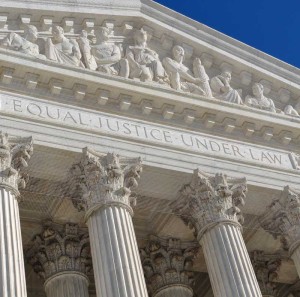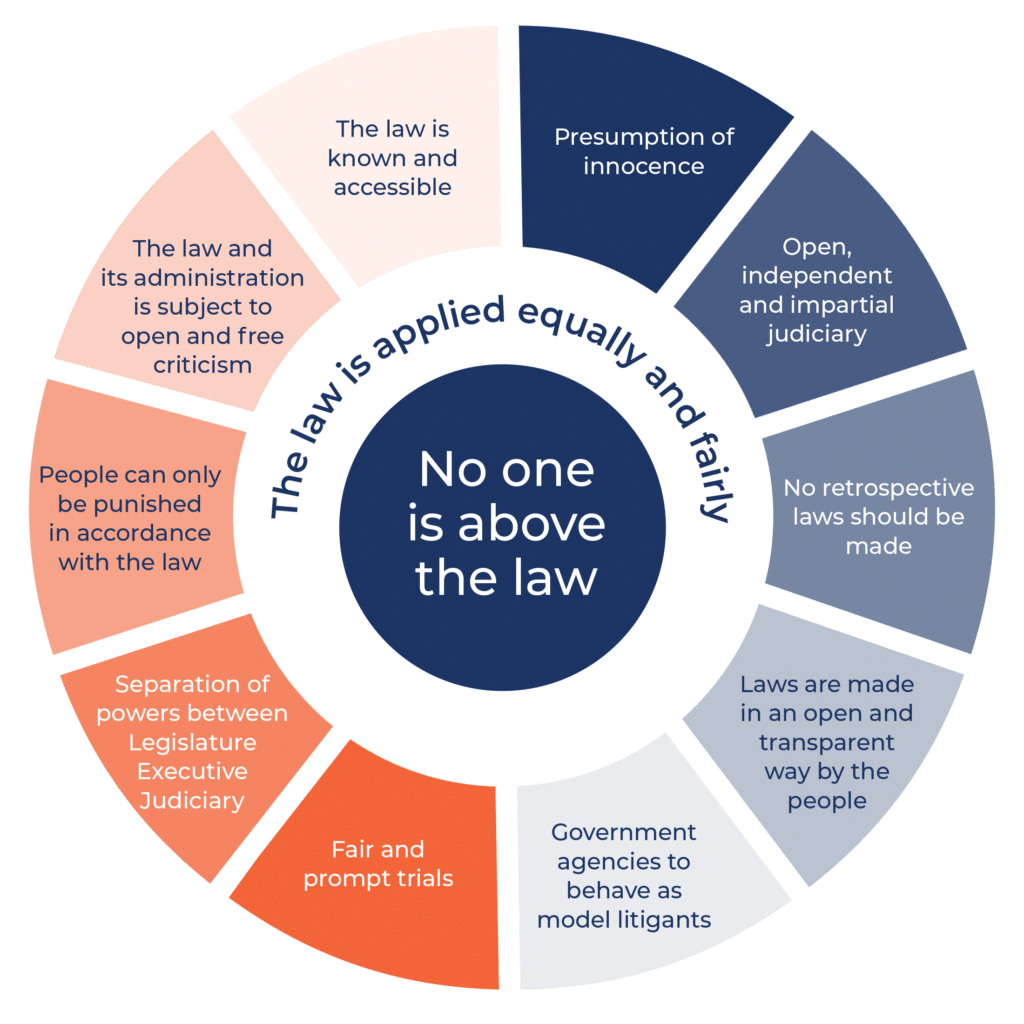The recent passing of US Supreme Court Justice Antonin Scalia has brought widespread tributes to the conservative judge, who was the first Italian-American appointed to the Court, and has sparked intense interest in his possible successor.
This article will review the different methods of appointing judges in the United States and Australia, and ask whether further reform of Australia’s methods is needed.
US Supreme Court appointments

Few, if any, judicial appointments in the world contain such drama, or attract such attention, as an appointment to the US Supreme Court.
The basic outlines of the process are well-known: the President nominates a person, and the Senate conducts hearings into that person, ultimately deciding to confirm or reject the President’s nominee.
How did this process come about?
Clause 2 of Section 2 of Article 2 of the US Constitution – which includes language known as the Appointments Clause – says that:
The key phrase in the Appointments Clause is “by and with the advice and consent of the Senate”. This constitutional requirement to obtain the consent of the Senate is why the United States goes through the drama of congressional hearings before every appointment to the Supreme Court.
In practice, the ‘consent’ is more important than the ‘advice’. While the President may consult with whoever he or she likes, the Senate’s role typically occurs after a person has been nominated.
Once a person has been nominated by the President, that person is then questioned by the Senate Judiciary Committee, to try and work out what sort of judge they would be. This is called a ‘confirmation hearing’. Then the full Senate votes whether or not to confirm the nomination.
Plenty of recent confirmation hearings have proved controversial. The hearing for current Supreme Court Justice Clarence Thomas turned up allegations of sexual assault, while the hearing for Robert Bork – whose nomination was not confirmed – was one of the most acrimonious in Supreme Court history.
Australian judicial appointments
By contrast, Australian judges – at both a state and federal level – are appointed with much less fanfare, and, some say, much less consultation and transparency.
The exact appointment process depends on the jurisdiction and the court. The Judicial Conference of Australia’s recent paper Judicial Appointments: A comparative study contains a handy summary of the state, territory, and federal appointment processes.
The key difference about Australian judicial appointments is that the legislative branch rarely, if ever, plays a role in confirming nominees. Traditionally, the government of the day will simply select a person.
This process has become increasingly controversial, particularly when it relates to High Court Justices.
Currently, the federal Attorney-General must “consult” with his or her state counterparts before naming somebody to the High Court bench: s 6 of the High Court of Australia Act 1979 (Cth). However, this is the only step that the federal Attorney-General is required to take, and there is no obligation for him or her to pay any attention to what the various state Attorneys-General say.
Critics say this process undermines the independence of judges, and public confidence in the judiciary, as it makes appointments more open to political influence, rather than having them as “merit only” appointments.
Options for reform
Because of the way the Australian Constitution works, it is questionable whether a number of methods of judicial appointment that happen around the world could ever happen in Australia.
Section 72(i) of the Constitution says that:
The Justices of the High Court… shall be appointed by the Governor-General in Council.
This means that any system that allowed for appointment otherwise than through the Governor-General acting on the advice of the government of the day (the “Governor-General in Council”) may be unconstitutional.
Notably, this means that the direct election of judges (as occurs in places in the United States), or the appointment of judges by an independent commission (as was briefly the case in India) probably could not work in Australia.
However, there may be no constitutional problem with a system that preserved the authority of the government, but increased the transparency of the preceding process. This sort of process is gathering supporters in Australia, who say that some kind of judicial appointments commission could make ‘recommendations’ about appointments based on public criteria, which the government would be able to accept or reject.
However, not everybody is comfortable with the idea of a judicial appointments commission.
For example, former Chief Justice of the High Court of Australia, Sir Anthony Mason, has noted that transferring control of the appointments process away from elected politicians undermines the link between the public and their judges, and may make the process less democratic.
Appointments and the rule of law
It is important that judicial appointments are made in a way that maintains the independence of the judiciary, and public confidence in judges and the court system.
These two values are integral to the rule of law, and any changes to judicial appointment methods must take account of them.
For example, appointment methods that suggest formal interviews of candidates must make sure that those interviews do not lead to the pre-judging of legal questions. An interviewer cannot, for example, ask a candidate what they would do in a particular hypothetical case.
In addition, appointment methods must continue to place emphasis on the legal capability of candidates. Methods that aim to increase the diversity of the judiciary are perfectly acceptable only insofar as they do not undermine the quality of judges, by accepting candidates of lesser quality in the name of diversity. Although the High Court bench has not been as racially diverse as the US Supreme Court, the presence of outstanding female, and openly gay and lesbian, judges indicates that a relatively diverse bench is compatible with maintaining the most rigorous standards of legal ability.
Finally, the debates around judicial appointments in Australia must accept that one method of appointment may not be appropriate for all courts. The best selection criteria for a state District Court judge specialising in criminal trials may be quite different from the best criteria for a federal Family Court judge. Similarly, the idea of advertising and inviting applications for vacant judicial appointments may raise different concerns at a Local Court level than at the High Court level.
Ultimately, the key test for a method of judicial appointment is the quality of the judges it produces.
While some may say Australia has been lucky with its judges, it is important to realise that it may not just be “luck” which we ought to celebrate. Australian politicians, at both state and federal level, have largely taken their responsibility for picking judges seriously. The result has been a judiciary that commands the respect of the legal profession, and, usually, of the broader public too. It is not a result to be forgotten lightly.
Further reading
‘The Appointment and Removal of Judges‘, Sir Anthony Mason
‘Australia is lagging behind the world’s best on judicial appointments reform‘, Andrew Lynch
‘Judicial Appointments: A comparative study‘, Judicial Conference of Australia
‘The Appointment, Tenure and Removal of Judges under Commonwealth Principles‘, Bingham Centre for the Rule of Law
‘The Selection of Judges for Commonwealth Courts‘, Sir Gerard Brennan
‘A better way to choose judges‘, George Williams
‘Appointing Australian Judges: A New Model‘, Simon Evans and John Williams






